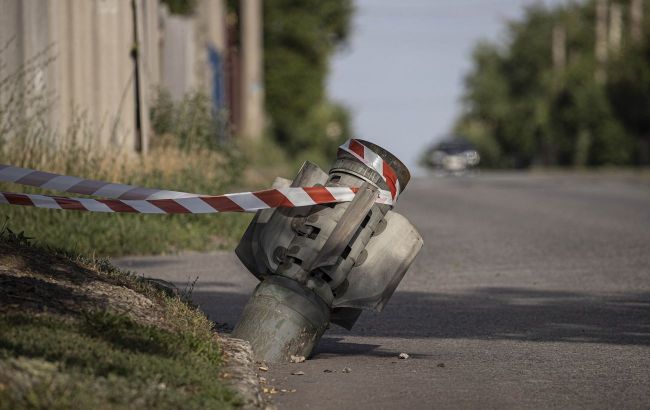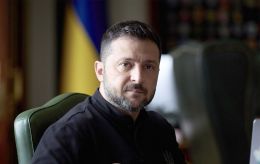Foreign components in Russian weapons: Who supplies Ukrainian enemy?
 Russia uses weapons with foreign components in the war against Ukraine (Photo: Getty Images)
Russia uses weapons with foreign components in the war against Ukraine (Photo: Getty Images)
Most of the components in Russian military equipment come from American companies, according to an article by RBC-Ukraine titled "Russia stealing Western technology and weapon components - What can halt import schemes."
The Kyiv School of Economics (KSE Institute) noted that American companies lead in the volume of supplies of their components to Russia. They are followed by manufacturers from Japan, Germany, Switzerland, Taiwan, the Netherlands, and China.
U.S. companies have a significant lead - of the 1,057 components analyzed, over 700 belong to them.
Among the global corporations whose products are found in Russian missiles and drones, Intel is mentioned, among others. Russia also receives a significant portion of its electronics from Analog Devices, Texas Instruments, and Microchip Technology.
Andriy Yermak, the Head of the Office of the President, told RBC-Ukraine that thousands of foreign-origin components were discovered in Russian military equipment over a year and a half of full-scale war.
He mentioned various types of microchips, microprocessors, microcontrollers, transistors, memory devices for video and audio recording, and navigation electronics.
Western components are found everywhere. For example, in a single Kh-101 missile that struck Lviv on August 15, there were discovered 30 imported parts.
Russian weapons with foreign components
Foreign components are often found in the wreckage of missiles used by the Russian Federation to attack Ukrainian territory.
For instance, on August 15, the aggressors fired Kh-101 missiles at Ukraine. Similar missiles contain around 30 foreign microchips. This indicates that Russia can still obtain critical components and produce missiles despite sanctions.
Moreover, the aggressor country produces missiles and helicopters, such as the Ka-52, but lacks the technology to manufacture them independently.

